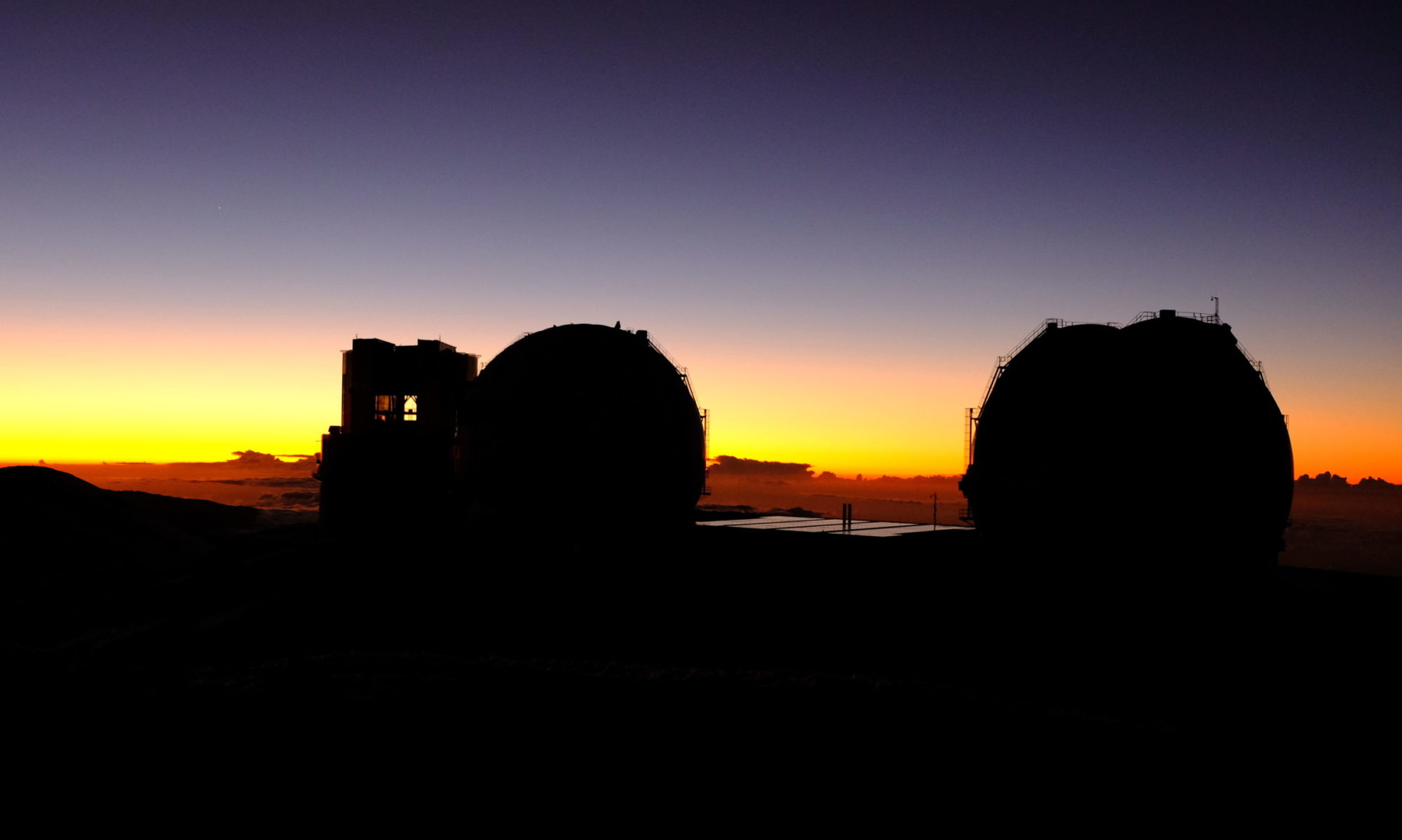Zhongtian “Jack” Hu

I am currently a Physics & Astronomy undergraduate at Clemson University and will be continuing my studies here in pursuit of the doctorate degree in physics. My primary research interest falls within the astrophysics field, and I am interested in topics that include: understanding AGN torus structure using data from X-Ray spectroscopy surveys and probing binary orbital evolution mechanism with a circumbinary disk using numerical hydrodynamics simulations. My hobbies include playing soccer and gaming.
Jessica Anderson

I am a senior at the College of Charleston majoring in Astrophysics with a minor in Mathematics. For the past year, I have been working with Dr. Chris Fragile in the field of computational astrophysics, focusing on low mass X-ray binary accretion systems. After graduating in December 2021, I plan on pursuing my PhD doing similar computational work.
Adam Vendrasco

My name is Adam Vendrasco and I am a senior at Clemson University. For the past year or so I have worked with Dr. Marco Ajello of Clemson University investigating Astrophysical systems. Most recently I have worked with Dr. Lea Marcotulli and Dr. Marco Ajello studying blazars and their relativistic jets.
Brad Barlow

Dr. Brad Barlow is an Associate Professor of Astrophysics and Director of the Culp Planetarium at High Point University. Before moving to the NC Triad, he completed his Ph.D. in the Department of Physics & Astronomy at UNC-Chapel Hill in 2011 and spent two years as a Postdoctoral Research Scholar at Penn State University. His research primarily focuses on pulsating stars, late stellar evolution, and binary star systems. He has also collaborated on research projects involving X-ray binaries, white dwarfs, and exoplanets. While at Chapel Hill he helped develop software for the Goodman spectrograph on the 4.1-m SOAR telescope on Cerro Pachon in Chile. Originally from Biloxi, Mississippi, Brad did his undergraduate studies at Mississippi State University. His other interests include playing the piano, writing music, cycling, and public outreach.
Núria Torres-Albà

Núria Torres-Albà is a PostDoctoral Fellow at Clemson University in Clemson, USA. Her research is focused on active galactic nuclei (AGN) and their surroundings across the electromagnetic spectrum. In particular, she has worked on X-ray analysis of luminous infrared galaxies (LIRGs) and Compton-thick AGN in the local Universe, as well as the modeling of gamma-ray emission produced in the interactions between AGN jets and obstacles.
She obtained her PhD in 2019 at the University of Barcelona, in Spain, and has been working at Clemson University ever since.
Jordan Eagle

PhD candidate at Clemson University in the PandA dept. Advisor is Dr. Marco Ajello. One year into CXC predoctoral fellowship. Advisor is Dr. Daniel Castro (SAO scientist). I work with high energy astrophysical objects namely, pulsar wind nebulae.
Varsha Kulkarni

Varsha Kulkarni received her PhD at the University of Chicago, and was also an AURA predoctoral fellow at the Space Telescope Science Institute. She was a postdoctoral researcher and a member of the NICMOS Science Team at the University of Arizona. She then moved to South Carolina, initially as an Assistant Professor at Clemson, and moving a year later to the University of South Carolina. She works in a variety of topics ranging from the evolution of gas in and around galaxies, to dust in near-by and distant galaxies, to the atomic physics for astrophysical spectroscopy.
Chris Fragile

I have a broad interest in computational astrophysics, particularly numerical simulations of hydrodynamic, magnetohydrodynamic (MHD), and radiation MHD effects in astrophysics. Currently, my primary interest is in developing and utilizing codes to study black hole accretion and the feedback of black holes on their environments through jets. This research may be applicable to quasars, active galactic nuclei (AGN), X-ray binaries, core-collapse supernovas, and gamma-ray bursts (GRBs), all of which contain jet-like features and are likely powered by accreting black holes.
Syeda Nasim

I am a Visiting Scientist at the American Museum of Natural History, residing in Columbia SC. I studied physics and mathematics at the City University of New York.
Ken Brandt

Ken Brandt is an adjunct Astronomy Lecturer at USCB. He has over 20 years of college astronomy teaching. He also directs the Robeson Planetarium in Lumberton, NC.
Dan Reichart

Dr. Dan Reichart’s dissertation on distant, cosmic explosions called gamma-ray bursts was ranked by Science magazine as one of the top ten discoveries in science in 1999, and in 2003 earned him the Robert J. Trumpler Award for top astrophysics dissertation research in North America. In 2005, he and his students discovered the most distant explosion in the universe yet known, a gamma-ray burst that occurred 12.9 billion years ago, when the universe was only 6% of its current age. In 2017, he co-discovered the first visible-light counterpart to a gravitational-wave event.
Brad Meyer

Bradley S. Meyer is Professor of Physics and Astronomy at Clemson University in Clemson, South Carolina. Prof. Meyer grew up in Tempe, Arizona and received his B. A. in Physics from Rice University in 1983 and his Ph. D. in Astrophysics from the University of Chicago in 1989. He carried out postdoctoral research in astrophysics at Lawrence Livermore National Laboratory and moved to Clemson University in 1991. He was elected a Fellow of the American Physical Society in 2003. Prof. Meyer has expertise in the nuclear processes that formed the chemical elements in the early universe and in stars. Since the early 1990s, Prof. Meyer has also been particularly interested in the implications of nucleosynthesis and Galactic chemical evolution for cosmochemistry. Recently, he has also been devoting considerable time to applying network theory to nucleosynthesis and to releasing open-source codes to make the study of element formation more accessible to students and other researchers.

